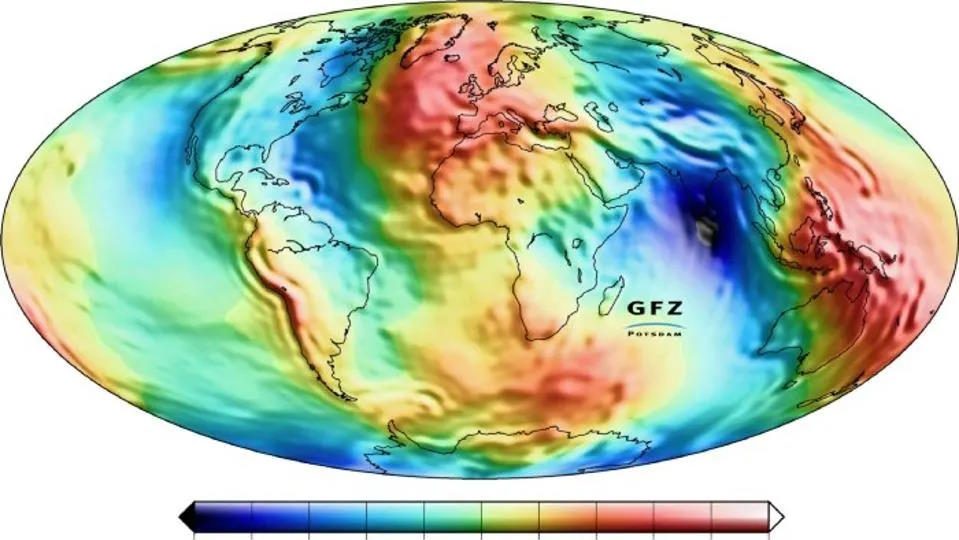There’s No Such Thing as Disease

What’s the Big Idea?
We did not come out of the womb with a guidebook to our bodies, but that would be a handy thing to have if we are to truly create health, says Dr. Mark Hyman, who has put together a step-by-step guide for individuals to take control of their own health called The Blood Sugar Solution.
According to Hyman, we’re at a watershed moment in science and medicine today. We used to try to find “the drug for the bug or the pill for the ill,” he says, “instead of really finding out how to treat the body as a system.”
This involves completely rethinking diseases. Hyman says:
We’re moving from the idea that diseases are things, like bacteria that need to be treated with a drug, like an antibiotic, which was a wonderful paradigm for 20th century illness, but it’s not a good paradigm for chronic lifestyle-driven diseases. We’re looking to choose drugs over lifestyle to treat diseases that are really lifestyle-driven illnesses.
Watch the video here:
What’s the Significance?
While Hyman says we’re at a watershed moment in medicine today, he is pessimistic about the health care system’s ability to integrate the latest science. “It takes 20 years for science to become implemented in medical practice,” he says. That is why Hyman says we are stuck in a 20th century paradigm in the 21st century.
Hyman proposes functional medicine as “a new way of thinking about solving the problem of chronic illness. It’s a way of looking at the body as a system rather than a collection of different parts.”
This connect-the-dots approach is predictive, preventive, participatory and personalized. In other words, if you are to truly become the CEO of your own health, medicine can no longer continue to classify diseases “according to where they are in the body and what your symptoms are,” Hyman says, “but we don’t classify them according to the cause and the mechanism, which is where we need to be going.”
Image courtesy of Shutterstock
Follow Daniel Honan on Twitter @Daniel Honan





